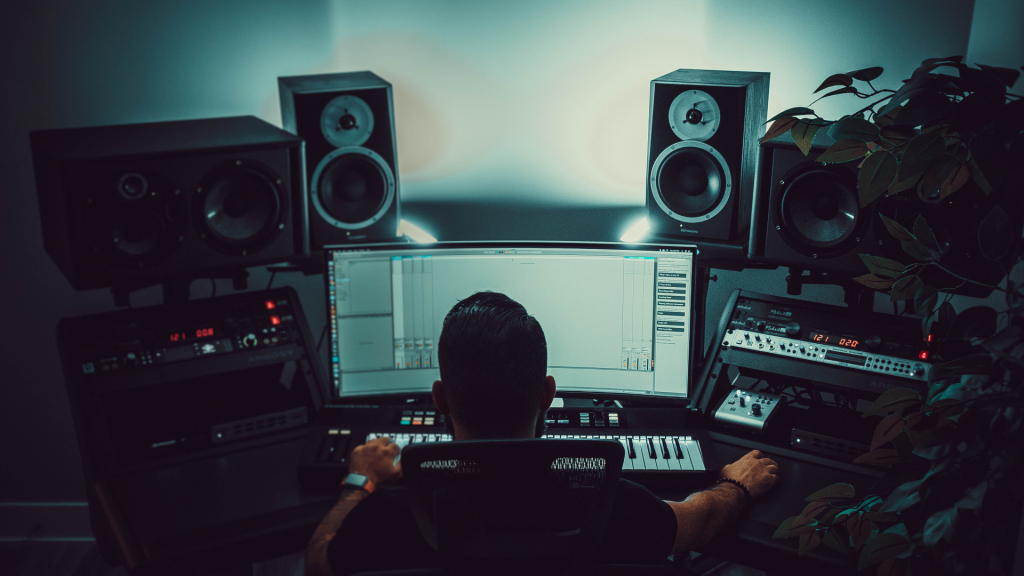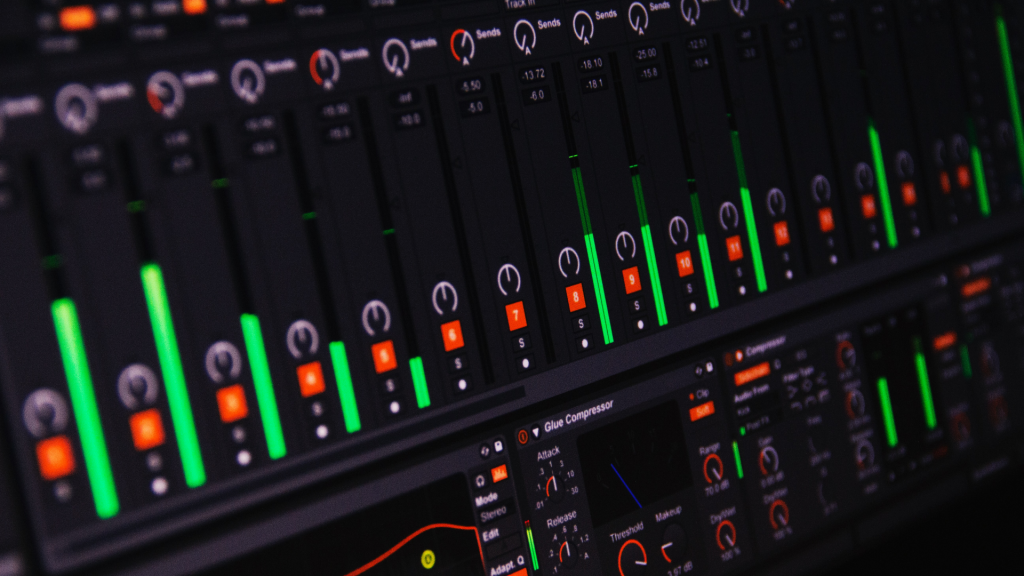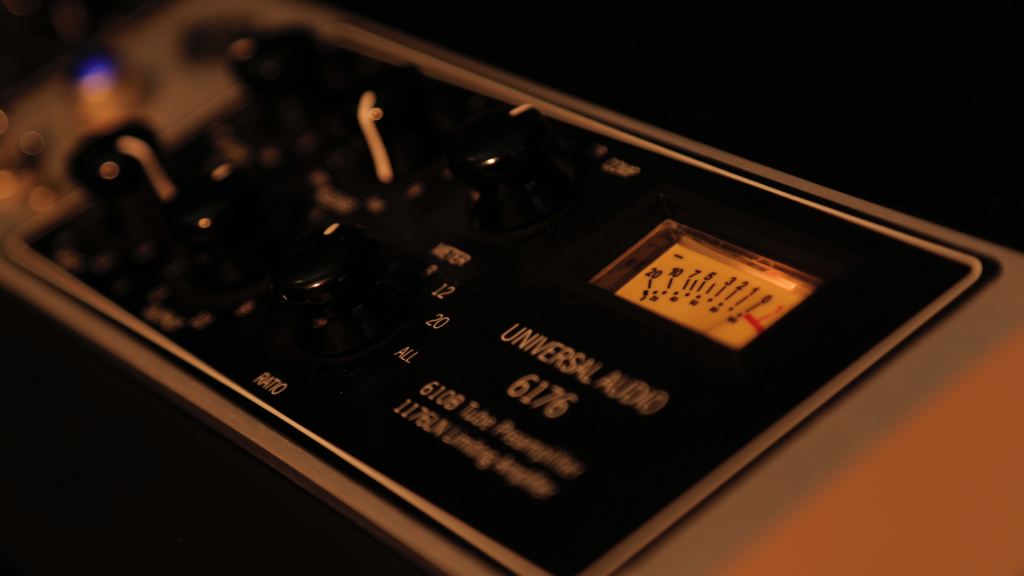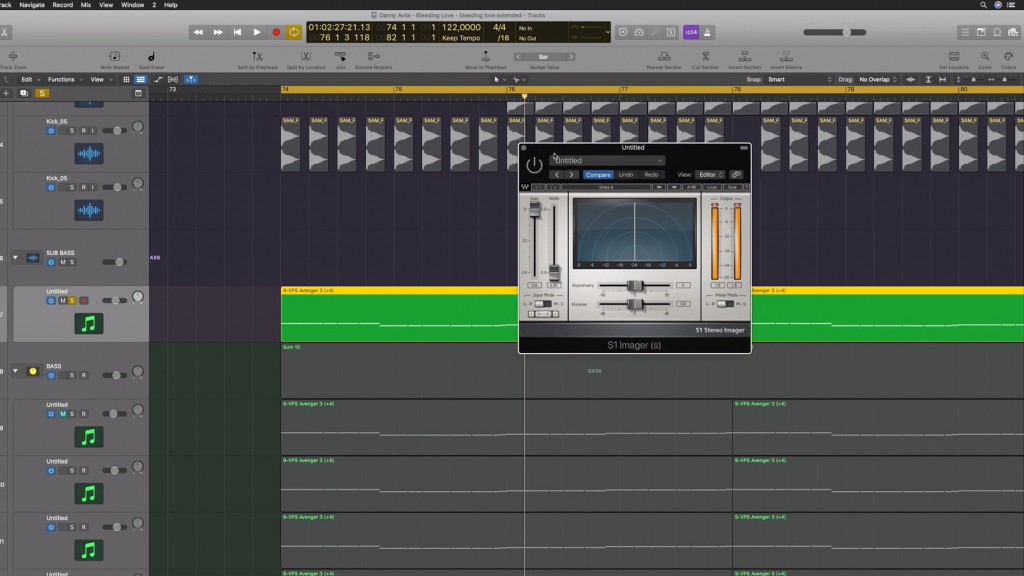After publishing our previous article “Tips for mixing kick and bass”, where we made a summary of some interesting tips from our instructors to mix these two elements during the same production phase, we did a small survey on instagram to ask you what you found more difficult, mixing the kick or mixing the bass.
As you can probably imagine, the survey showed that more people have problems with mixing the bass than the kick. Why? Because it’s the element that we most often get lost with when we listen to it through our monitoring system. Unless we know the response of our monitors very well, it’s really easy to go overboard with the amount of bass, or on the contrary, to fall short.

Also, when you are working on the kick, for example, you have the bass as a reference to know if it is overshadowing it. You can use a sidechain and clean the bass to make room for the kick. The kick is a hard-hitting sound that is well distinguishable and relatively easy to give the shine it needs. But what about when the bass line is made up of long notes that blend into the bass of the other instruments?
As Juan (@djvmusic) told us when we asked you more specific questions about it, above all, we want the bass to have “more power but without distortion.” We normally turn up the volume of the bass so that the melodic line that it makes is heard, but that can cause us to increase the amount of bass too much in general, and the bass can sound distorted. We really notice this when we play our track in other non-flat reproduction systems. Then, what do we do? Let’s see some tips:
1. Know your monitors
We have already commented on this first point: know well the monitors or headphones that you mix with, to know if they tend to add more bass or less. It’s very basic but extremely important.
2. Get organized with your analysis

As we have also commented, test your track on as many systems as possible. As you listen, write down the mistakes you find, which equipment they happen with, and what you think you can do to fix them. Keeping an organized and detailed annotation will help us to not go crazy going from the studio to the music systems aimlessly and leaving changes to chance. We will make better use of the time and understand better what works and what doesn’t for future tracks.
3. Control the low frequencies of other instruments:

To avoid excessive low frequencies on your track, keep an eye on instruments that have bass content. We are not saying that you cut all of them to leave a lot of space for the bass, as that can also unbalance your track. But keep cutting some of the bass of those that you think do not contribute anything and adjusting those that you want to be heard. Remember that this is a task of trial and error.
4. Watch the volume of your sub-bass
In the previous article we talked about the importance of leaving the sub-bass in mono. Remember to always do this and be careful not to raise its gain too high. To adjust its initial volume, set the sub-bass to zero and turn it up little by little until you feel it slightly. Do not try to find from the beginning the intensity you feel when being in a disco because remember that this effect is created by the speakers and the place. Be aware of the acoustic limitations of your own monitoring and room.
5. Highlight the melody of your bass

If the sound you have chosen for your bass is quite low in general and the brightness of its melodic line is lost with the other instruments of your track, you have two options: extract high frequencies from that same bass sound, or add other layers of sound.
▶ In the first case, you can use a saturator to create high frequencies from your bass. Separate the lower frequencies from your bass first (the sub-bass) so as not to affect these, and apply a soft saturation to the rest of the higher frequencies to give them more body. This will make your bass sound a bit thicker in general. Don’t stick with the first distortion plugin you come across. Try several if you can to experiment with the different sound characteristics that each one can give to your bass.
▶ The second option is to add one or more layers making exactly the same notes as the original bass. But be careful! Avoid the low frequencies on these tracks to avoid colliding with the ones of your bass. The more careful we are when cutting only the frequencies we want for these layers, the better result we will have. Then remember to group these layers and apply some compression to make it sound more compact.
In either case, remember first to be aware of other instruments that you are not interested in highlighting so much and that may be obscuring the freshness of your bass line.
6. Create space for high frequencies
And finally, a tip to highlight the melodic line of your bass without increasing the volume is to open the stereo of its high frequencies. It’s recommended to be careful with the amount of amplitude and to try to find a point on the spectrum that does not clash too much with another instrument on your track. You can also apply a bit of reverb to give a little more room to it. But above all, do not do any of this to the low frequencies of your bass: remember that these must remain in mono and they’re better without reverb.








 50 Industry Music Production Tips You Must Know
50 Industry Music Production Tips You Must Know




